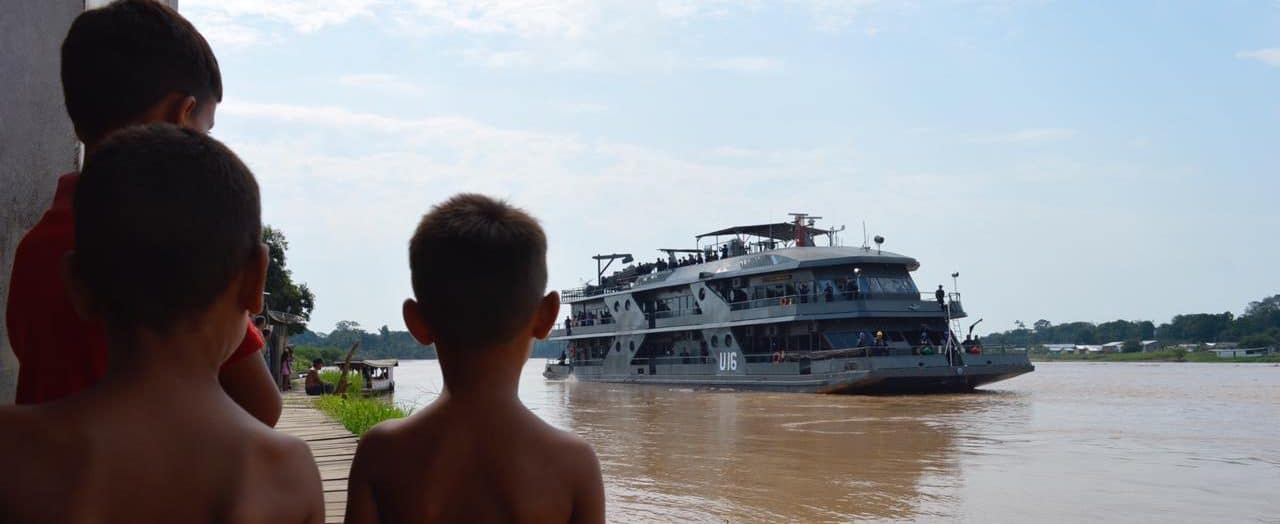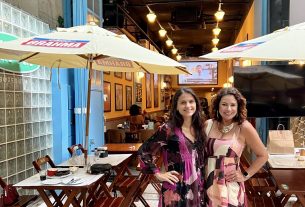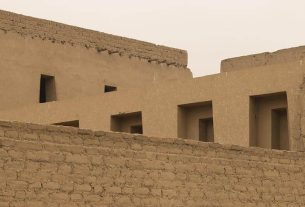“The riverside population lacks everything. And being able to bring attention and affection, medicines and instruction to those who really need it is very rewarding. We feel essential and grateful to help others”, says First Lieutenant (RM2-S) Fernanda, from the Brazilian Navy, who works on one of the Hospital Assistance Ships.
In 1541, the Spanish captain Francisco Orellana looked at that immensity of water and named it ‘Amazonas’. There is so much water that, in the largest state in Brazil, two of every three cities do not have road access. In Amazonas, the river is more like a road than asphalt.
And if we can’t get there by car, how can we provide medical and hospital care to more than 728,000 people who live in rural areas of the state? Through NAsH, an acronym used to designate the four Hospital Assistance Ships of the Brazilian Navy, which sail through the Amazon and three other states in the North region.
In this edition of Vozes, Lieutenant Fernanda tells us what the Navy’s work is like in the Amazon and what it’s like to travel through the waters of the largest river in the world in terms of length and volume of water.
Hospital Assistance Ship: the work of the Brazilian Navy
According to a study published by the Oswaldo Cruz Foundation (Fiocruz) in 2017, of the total of 4,844 doctors in Amazonas, 4,508 (93.1%) are in the capital. The remaining 336 (6.9%) are divided to serve 62 municipalities spread over an area of 1.57 million square kilometers.
Manaus is home to just over half of the state’s approximately 4 million inhabitants. The doctor ratio per 1,000 inhabitants of Amazonas is 1.19 and places the state among the five with the lowest ratio of doctors to inhabitants in the country.
To help bring medical care to the most isolated regions, which can only be reached after days of navigation, the Brazilian Navy’s Hospital Assistance Ships are the main alternative. They carry out promotion, care and basic health care activities for riverside communities in the Amazon. Medical, dental, nursing care, laboratory and imaging tests are provided, all planned according to the navigability period of the rivers (dry and flood).
It is extremely important work, as they provide care in places where people do not have access to public health services (SUS). The NAsH dock in nearby cities and, on an itinerant basis, serve isolated communities.
“One of our concerns during missions is to serve all homes in communities, especially isolated ones, even those in places where ships cannot reach, due to shallow depths. To do this, teams travel by boat or even by aircraft. Home visits are made with a health team (doctor and nursing technician) and, when necessary, the patient is removed to the ship.”
Currently, four NAsH are subordinate to the Amazonas Flotilla Command and operate in the area of jurisdiction of the 9th Naval District Command, which comprises the states of Acre, Amazonas, Roraima and Rondônia. They are: Oswaldo Cruz, Carlos Chagas, Doutor Montenegro and Soares de Meirelles.
Fernanda says that even though they offer basically the same services, the ships have some differences between them. The Brazilian Navy’s Hospital Assistance Ships – Oswaldo Cruz and Carlos Chagas, have a flight deck, which allows aeromedical evacuations to be carried out. NAsH Carlos Chagas, Doutor Montenegro and Soares de Meirelles have a mammography device and work directly in the prevention of breast cancer.
How planning is carried out to serve the riverside population
Before setting sail, the Navy makes planning based on the navigability conditions of the rivers. The goal is to visit each center at least twice a year. All logistics are the responsibility of the Amazonas Flotilla Command, where orders are made for medicines, medical, dental and laboratory consumables, according to the days of the commission to supply the ship.
Health teams are also formed (doctors, dentists, nurses, pharmacists, nursing technicians, x-ray technicians and dental hygiene technicians) who will work on the committees.
Among the procedures offered on the vessels, the Lieutenant explains that the most common are “consultations, physical examinations, minor surgical procedures and, sometimes, births. The greatest need is for specialized doctors, such as gynecologists, dermatologists, pediatricians and ophthalmologists.”
The ships already carry a stock of medicines for distribution, in accordance with expected service levels and the history of prevalent diseases in the region visited. Extra needs, both for medication and exams, are sent to the nearest reference hospital in the community and/or municipality.
Fernanda says that missions usually last between 15 and 30 days. One in particular, known as Operation Acre, lasts four months. From January to April, the Doctor Montenegro Hospital Assistance Ship provides care to communities in Alto Juruá, in the state of Acre. Operation Acre completed its 20th edition this year.
“It is an unusual experience. Because in addition to being away from the people you love, you also have to learn to live with other people who are not always part of your routine.” And this is the reality encountered by everyone who embarks on missions. Father, mother, companions, children… everyone is left behind, at a distance that no river can measure. Many times, they are without contact for days, since in the middle of the river, cell phone signal is a luxury item.
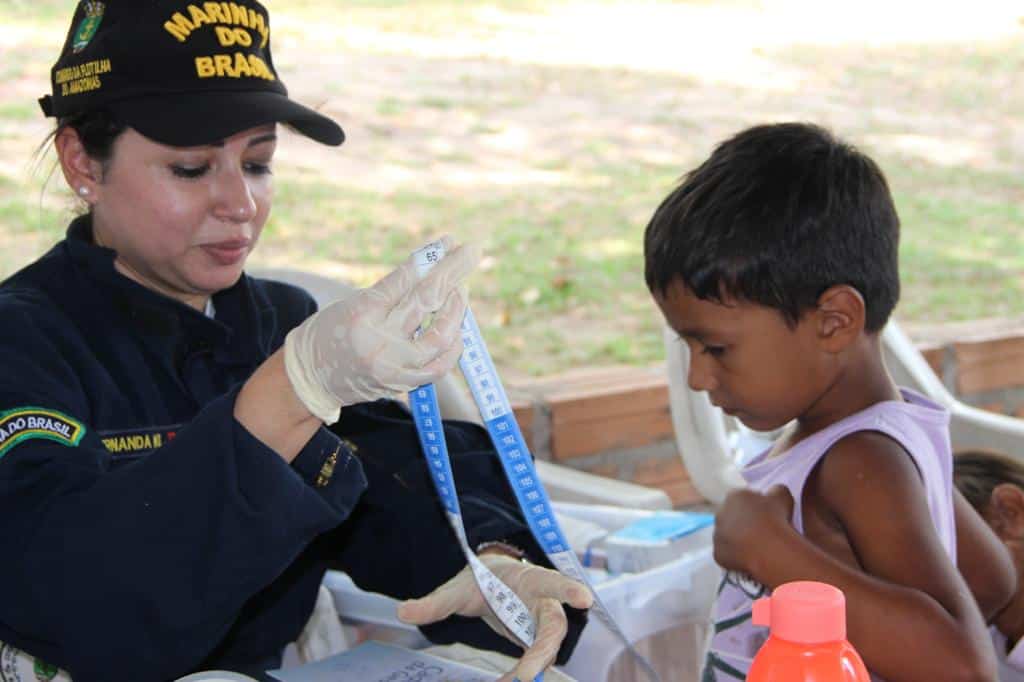
The challenges of the Brazilian Navy for health promotion
Quality of life is a basic right of every citizen. According to IBGE, 12% of the population of Amazonas suffers from some type of restriction on access to basic sanitation services and the absence of a bathroom at home.
The UN Agenda 2030 is an action plan for people, the planet and prosperity. The objectives and targets will stimulate action, in the coming years, in areas of crucial importance for humanity, such as the Amazon region.
One of the goals is to achieve universal health coverage, including financial risk protection, access to essential, safe, effective, quality and affordable health services, vaccines and medicines for all.
Furthermore, it is also necessary to ensure the availability and sustainable management of water for all, achieve access to adequate and equitable sanitation and hygiene and end open defecation, with special attention to the needs of women and girls and those in situation of social vulnerability.
Without a doubt, the work carried out by Fernanda and the Brazilian Navy teams helps to bring quality of life to this part of the Brazilian population. But make no mistake: it is no easy task. In addition to the logistical difficulties, it also takes a lot of flexibility to be able to work with communities so isolated from large centers.
Lieutenant Fernanda says that this occurs mainly when interacting with riverside residents. “Because they are so isolated, they end up having their own dialects and slang, which can make clinical examination and diagnosis of a disease difficult. But, over time, the healthcare team ends up adapting and, from then on, dealing with patients becomes easier.”
In addition to providing medical care, another function of these teams is to raise awareness among the population about the importance of continuing the treatments they need.
“During our missions, as important as the health care itself, is the work to raise awareness among communities in basic health care: daily tooth brushing, hand hygiene, daily bathing, etc. Educational work and lectures are carried out with adults, young people and children on these topics and everyone is always very receptive. The message given is that it is essential that everyone does their part, observing themselves and others (children, spouse, parents, grandparents) in their health care.”
The Lieutenant recounts two cases that remain in her memory: “Medical assistance was provided to collect preventative medication on a 38-year-old patient. She reported never having done this type of exam and was very excited and grateful to have had the opportunity to do it. On another occasion, a patient over 50 years old was treated and, through a mammogram, a breast cancer lesion was identified. This patient was referred by the health team to the Amazonas State Oncology Control Center Foundation. Today, she is already undergoing treatment. All of this was only possible due to the patient’s early diagnosis, carried out on the ship.”
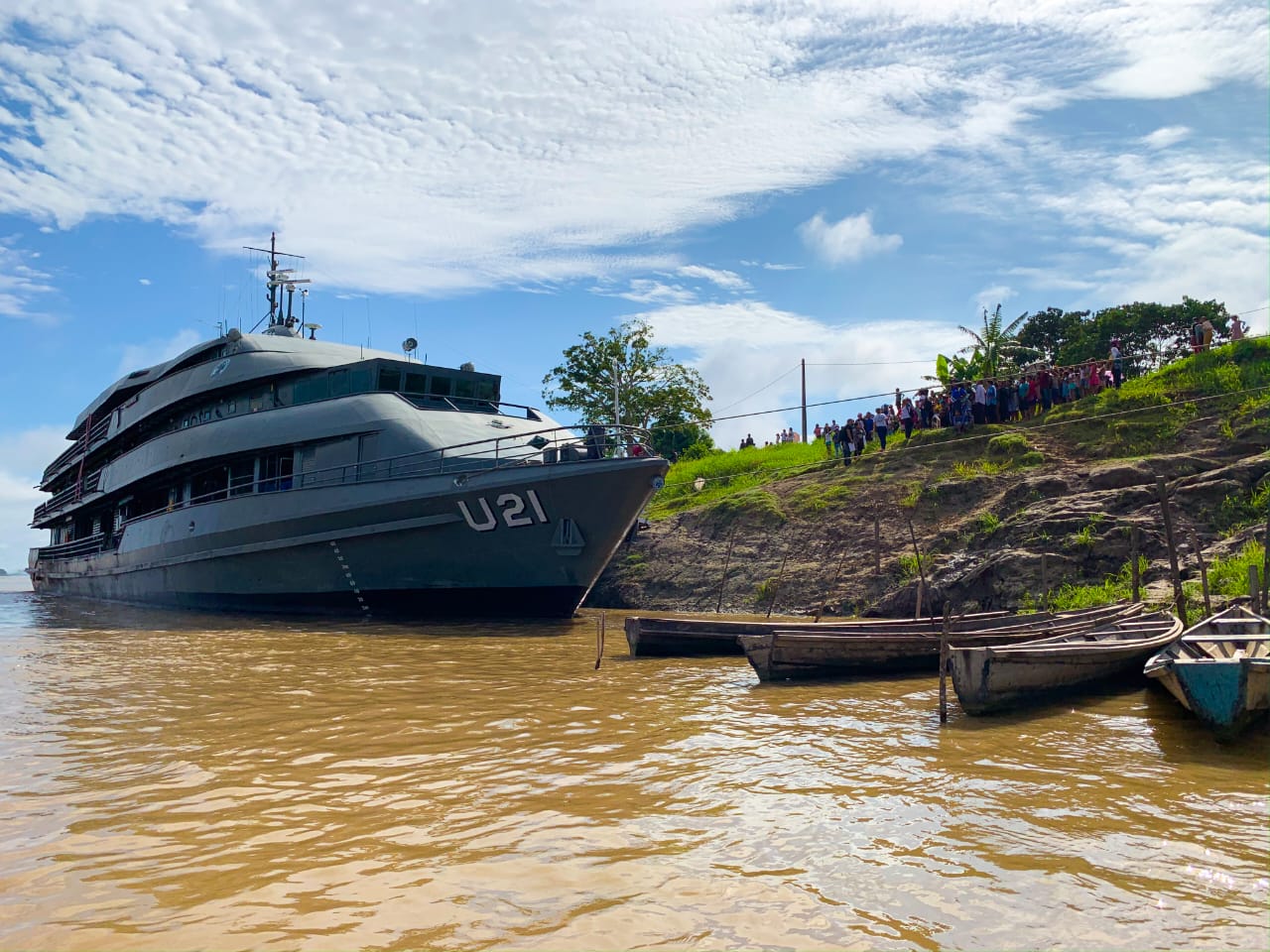
The work of the Brazilian Navy Hospital Assistance Ships during the pandemic
“In the current situation, given the pandemic caused by Covid-19, primary health actions and elective care are not recommended.”
The Hospital Assistance Ships of the Brazilian Navy, subordinate to the Command of the 9th DN, are intended for primary health care, being trained to carry out elective care and basic actions related to reducing the risk of disease and promoting health, not having an isolation area for patients with highly transmissible diseases.
“We continue planning our hospital care committees, maintaining our stock of medicines, carrying out routine maintenance of health equipment and supporting the health unit that is the Manaus Naval Polyclinic”.
The Voices
Vozes is a special newsletter, sent every fortnight, where we tell stories of extraordinary people and projects, who use the world of travel to transform the world. From time to time the content is published here on the blog too, but if you always want to receive the texts, and first hand, subscribe to our newsletter. It’s free and you also get an ebook full of tips for planning your first trip abroad.
If you want to follow what we’ve already done:
Sign up for our newsletter

Sign up for our newsletter and stay up to date with exclusive news
that can transform your routine!
Warning: Undefined array key "title" in /home/storelat/public_html/wp-content/plugins/link-whisper-premium/templates/frontend/related-posts.php on line 12
Warning: Undefined array key "title_tag" in /home/storelat/public_html/wp-content/plugins/link-whisper-premium/templates/frontend/related-posts.php on line 13

